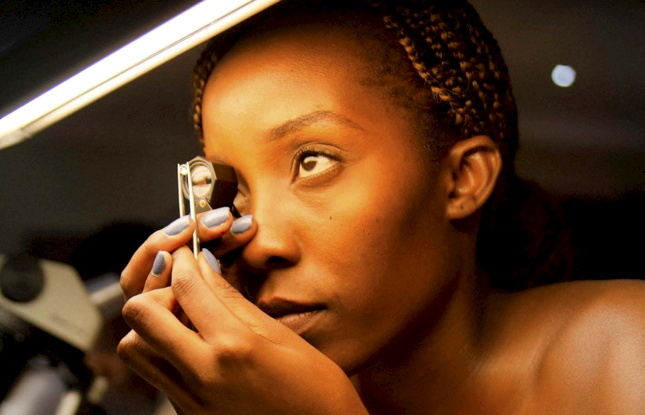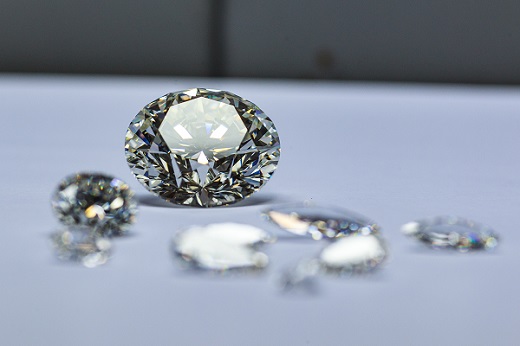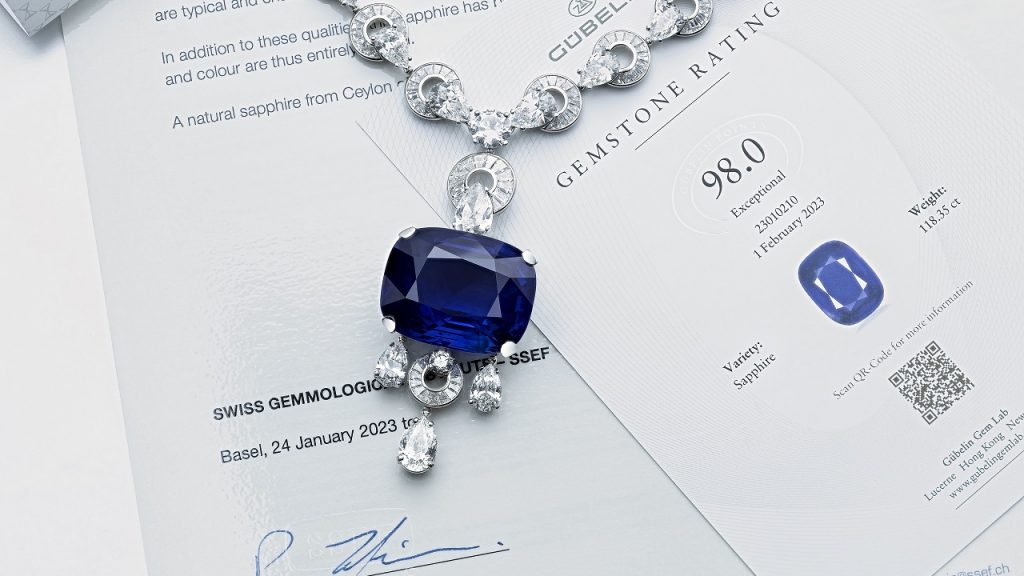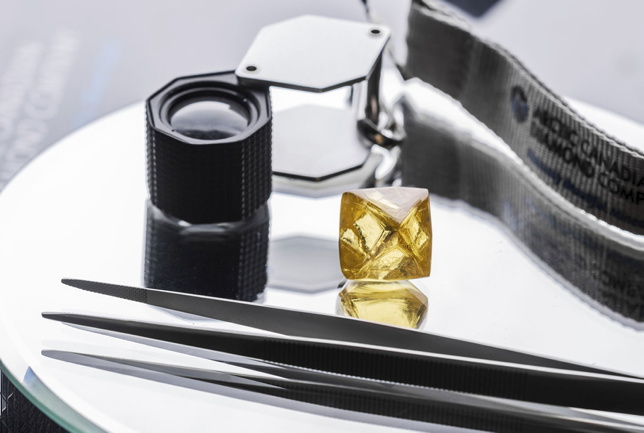It can be challenging to determine the exact location where a diamond was mined, but there are several ways to get an idea of its origin:
1. Diamond certificate: A diamond certificate or grading report from a reputable laboratory such as GIA, AGS,HRD, IGI or DCLA will provide information about the diamond's characteristics, including its colour, clarity, and carat weight. Some certificates may also include information about the diamond's origin or a statement that the diamond is of natural origin.
2. Inscription: Some diamonds may have a laser inscription on the girdle (the thin outer edge) of the diamond that identifies the diamond's report and sometimes brand origin or other information about the diamond. The inscription is a laser inscription or a micro-inscription that can only be viewed under magnification.
3. Jewellers and diamond dealers: An experienced jeweller or diamond dealer may be able to provide information about the diamond's origin based on their knowledge and experience in the industry.
4. Diamond tracing programs: Some diamond companies offer programs that trace the origin of their diamonds from the mine to the consumer. For example, the De Beers Group has a program called Tracr that provides a digital certificate of a diamond's journey from mine to retailer. It's important to note that not all diamonds can be traced to their exact origin, but the above methods can provide some information about a diamond's potential source. Diamonds can be found in various places around the world, but the most famous diamond sources are:
1. Botswana: Botswana is the world's leading producer of diamonds by value and is responsible for about 25% of the world's diamond supply.
2. Russia: Russia is the world's largest diamond producer by volume, accounting for about 27% of global diamond production. The majority of diamonds mined in Russia come from the Yakutia region in northeastern Russia.
3. Canada: Canada is the world's third-largest diamond producer, and its diamond mines are known for producing high-quality gemstones. The majority of Canada's diamond mines are located in the Northwest Territories.
4. Australia: Australia is known for producing some of the world's most valuable pink and red diamonds. The Argyle Diamond Mine in Western Australia was the world's largest source of pink diamonds until its closure in 2020.
5. South Africa: South Africa is one of the earliest sources of diamonds, and the country's Kimberley region is famous for its diamond mines. The Cullinan Diamond, the largest rough diamond ever found, was discovered in South Africa in 1905.
Source: Certin








